
by Debbie Palmer | Jul 16, 2021 | Featured, General, Lake Info
photo courtesy of Dave Gibson I am always looking for topics for blog articles and often inspiration comes in the form of, what I call, citizen concerns. I recently received three inquiries regarding snakes, which I know nothing about. I decided if three people...

by Debbie Palmer | Jul 7, 2021 | Featured, Water Quality
photo courtesy of Jim Haist The Indiana Clean Lakes Program was created in 1989 and is administered through a grant to Indiana University’s School of Public and Environmental Affairs (SPEA) in Bloomington. The goal is to collect data to identify water quality...

by Debbie Palmer | Jun 28, 2021 | Featured, General, Water Quality, Watershed
According to The Environmental Protection Agency, sediment – loose sand, silt, clay and other soil particles – is the most common pollutant in our waterways. Accelerated erosion from human use of land accounts for 70% of that sediment, and the most concentrated...

by Debbie Palmer | Jun 16, 2021 | Featured, Water Quality
Lake Maxinkuckee has had a long history of beautiful, crystal clear water. Perhaps that long history has made us take the water quality for granted. Last week I was contacted by a concerned citizen asking about dead fish and “yucky green water” along the north...

by Debbie Palmer | Jun 3, 2021 | Featured, Water Quality
As many of you know, last weekend there was a sewer line break along the East Shore. Since raw sewage was flowing into the tributary at 18B, which flows directly into the lake, the East Shore Conservancy District notified Lake Maxinkuckee Environmental Fund, along...

by Debbie Palmer | May 10, 2021 | Featured, General, Watershed
If you are of a certain age, you will certainly recognize that song title! Frogs and toads are easily misidentified and misunderstood. You can’t get warts from touching or kissing them, most are not poisonous, and they provide a number of important benefits. ...
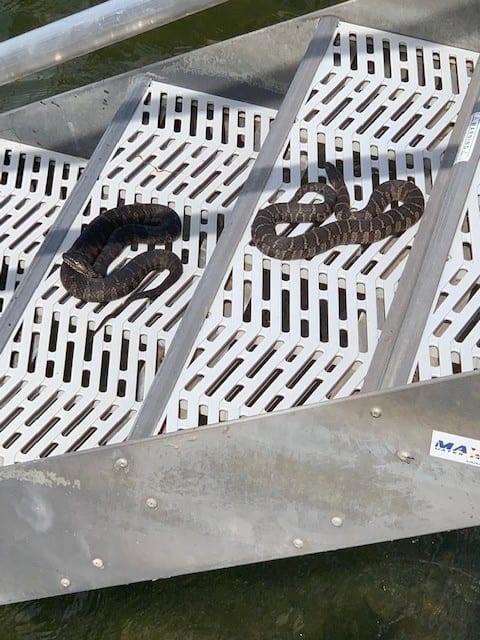

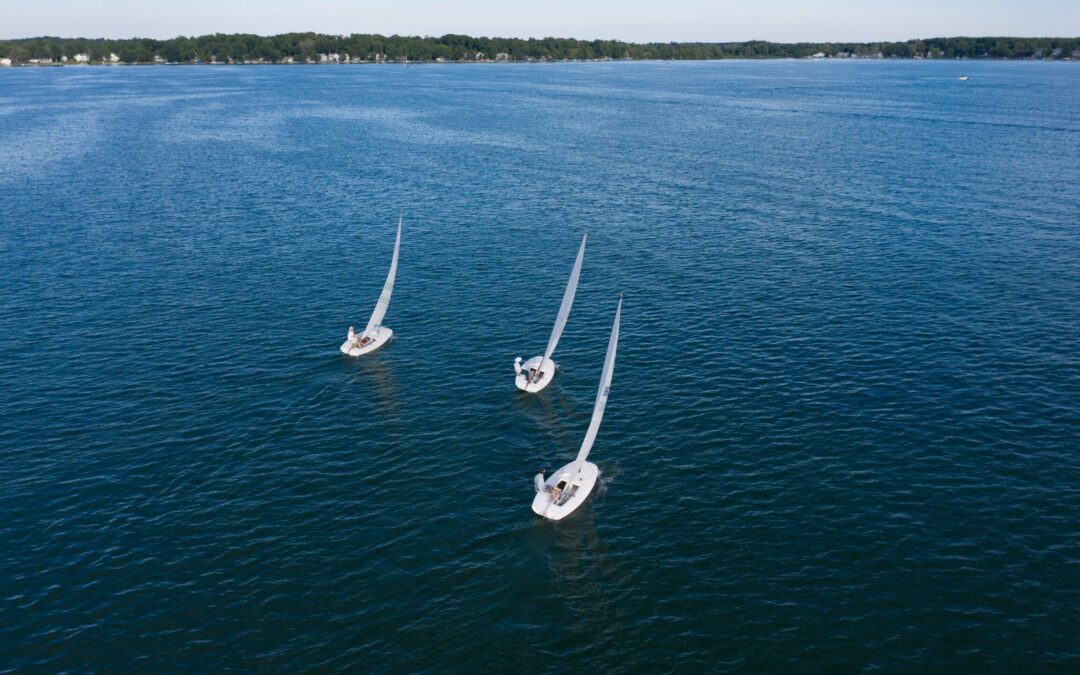
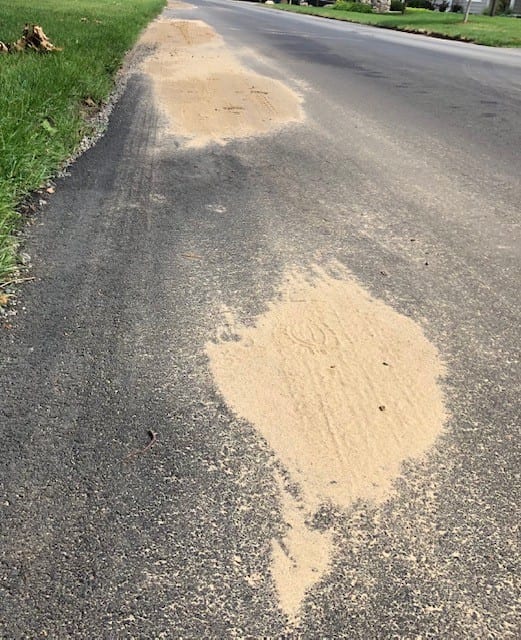
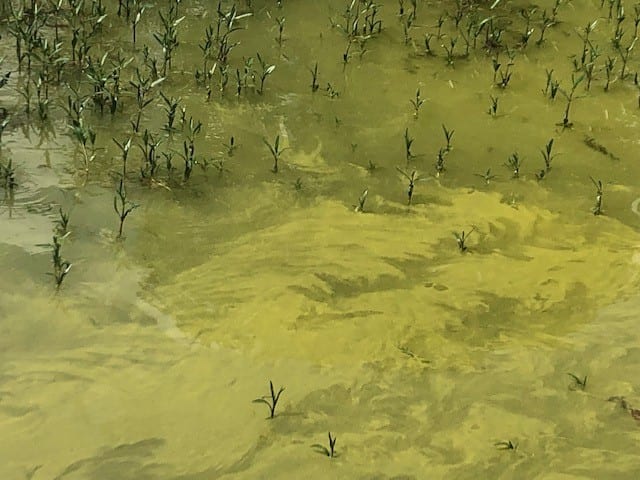
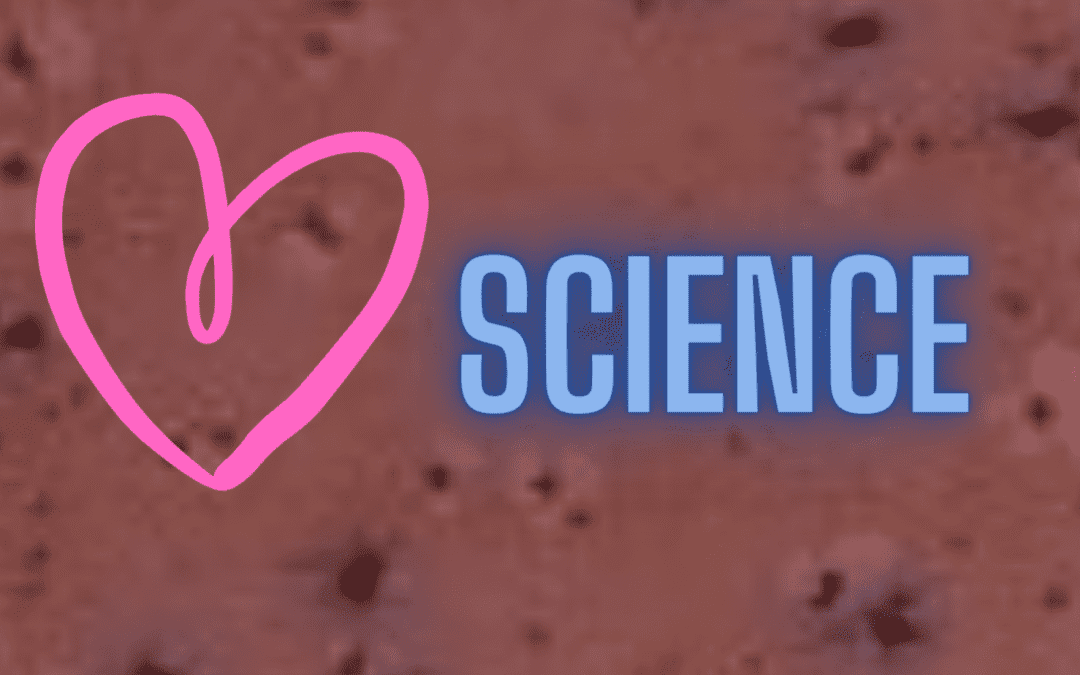
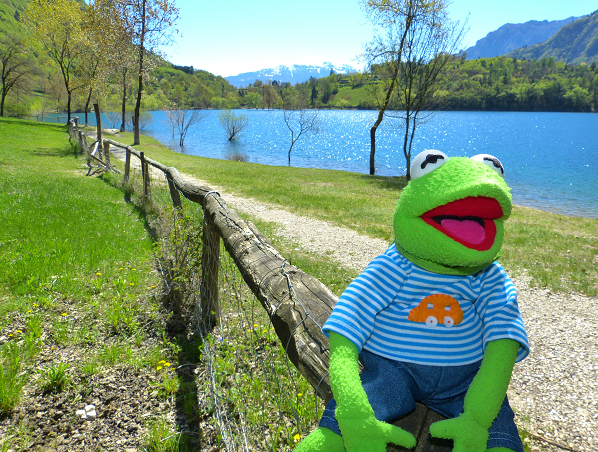

Recent Comments